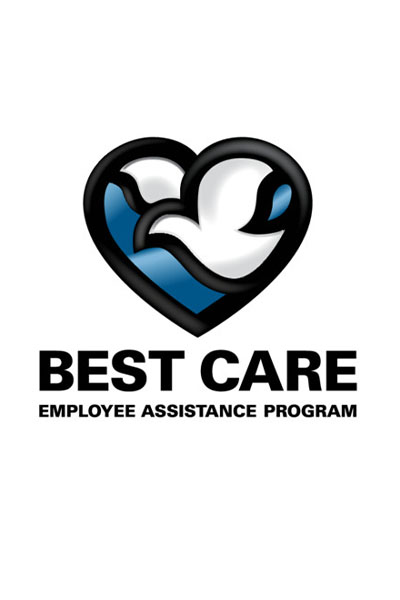




Healthy Lifestyle
'Zoom Gloom' Can Leave You Feeling Drained When Your Video Chat Ends
Published: May 13, 2020

Since the COVID-19 pandemic turned lives upside down, Zoom and other video chat services have become a part of daily life for many people. But despite the convenience, there are drawbacks.
The explosion in use of Zoom, Google Hangouts, Skype, FaceTime and other tools has launched an unofficial social experiment, showing at a population scale what’s always been true: virtual interactions can be extremely hard on the brain.
Even if you don’t have a name for it, you may have experienced what some are calling “Zoom fatigue” or “Zoom gloom.” Yes, it’s a real thing, and here’s what you should know about it.
Missing the Cues
Humans communicate even when they’re quiet. During conversation, your brain focuses partly on the words being spoken while deriving meaning from dozens of nonverbal cues, like whether someone is facing you or slightly turned away, if they’re fidgeting while you talk, or if they inhale quickly as they prepare to interrupt. These cues help paint a picture of what’s being conveyed and what’s expected in response.
Since we’re social creatures, perceiving these cues comes naturally to most of us. They take little conscious effort to perceive and can lay the groundwork for emotional intimacy. However, a typical video call can impair your ability to recognize these cues and requires an intense attention to words instead. If you can view a person only from the shoulders up, the ability to see and interpret hand gestures or other body language is gone. If the video quality is poor, the hope of gleaning something from facial expressions is dashed. In short, it can be a brain drain for someone who’s dependent on nonverbal cues.
Multiperson screens can magnify this exhausting problem. Gallery view – where all meeting participants appear Brady Bunch-style – challenges the brain’s central vision, forcing it to decode so many people at once that no one comes through meaningfully, not even the speaker. Psychologists call this continuous partial attention, and it applies to virtual and real environments. Think of how hard it would be to cook and read at the same time. That's the kind of multitasking your brain is trying to navigate in a group video chat.
This leads to problems in which group video chats become less collaborative and more like single conversations where only two people at a time talk while the rest listen. Because each participant is using one audio stream and is aware of all the other voices, parallel conversations are nearly impossible. If you view a single speaker at a time, you can’t see how nonactive participants are behaving – something you would pick up on in person.
For some people, the result can be a sense of feeling drained with nothing to show for it. The brain becomes overwhelmed by unfamiliar excess stimuli while being hyper-focused on searching for nonverbal cues that it can’t find. That’s why a traditional phone call may be less taxing on the brain.
 Conquering Zoom Gloom
Conquering Zoom Gloom
Some video chats are necessary for work, but you may be able to lessen the impact of all this virtual interaction.
Bring up the topic with your supervisor or coworkers. They might be feeling the same as you. Ask yourselves: Does that video meeting need to be that long? Could it be done over the phone, instant messaging or email? Together, you may be able to alter meetings to benefit your team.
The same goes for family and friends. Talking with them should be an enjoyable experience, not another dreaded appointment on a calendar full of video chats. Mix things up and talk by phone, email, text or even an old-fashioned letter. Do what makes everyone comfortable.
Even with all these efforts, you may find the drain of video meetings to be another burden during these difficult times. Remember that it’s OK to reach out if you need help managing stress, anxiety or other emotions. Your employer may be connected with an employee assistance program that can help. You can also call the Methodist Emotional Support Line to speak with a licensed professional counselor from the Methodist Hospital Community Counseling Program. The free, confidential service can be accessed by dialing (402) 815-8255 (TALK).
More Resources
- Learn more about Best Care EAP
- Try these ideas to boost your mood during these challenging times
- Leaders, here’s how you can help your employees manage stress and anxiety
- Follow Methodist on Facebook, Instagram and Twitter for COVID-19 updates


